What are hard skills for resumes?
Hard skills are technical skills requiring know-how gained by education, training or on-the-job experience. They are practical, hands-on skills that differ by profession.
Hard skills are often needed to do a specific task — to rebuild a carburetor, rewire a kitchen, drive a forklift, airbrush a photo, groom a dog. Hard skills often (but not always) describe things you can do alone — and they’re often (but not always) done with the specific knowledge or tools (digital or physical).
Hard skills are differentiated from soft skills, which are people-oriented skills like communication, empathy and leadership skills. With some exceptions (like time management), they generally describe the ways you interact with other people. For more information on the differences between hard and soft skills, see our blog on “ How to list special skills on your resume.”
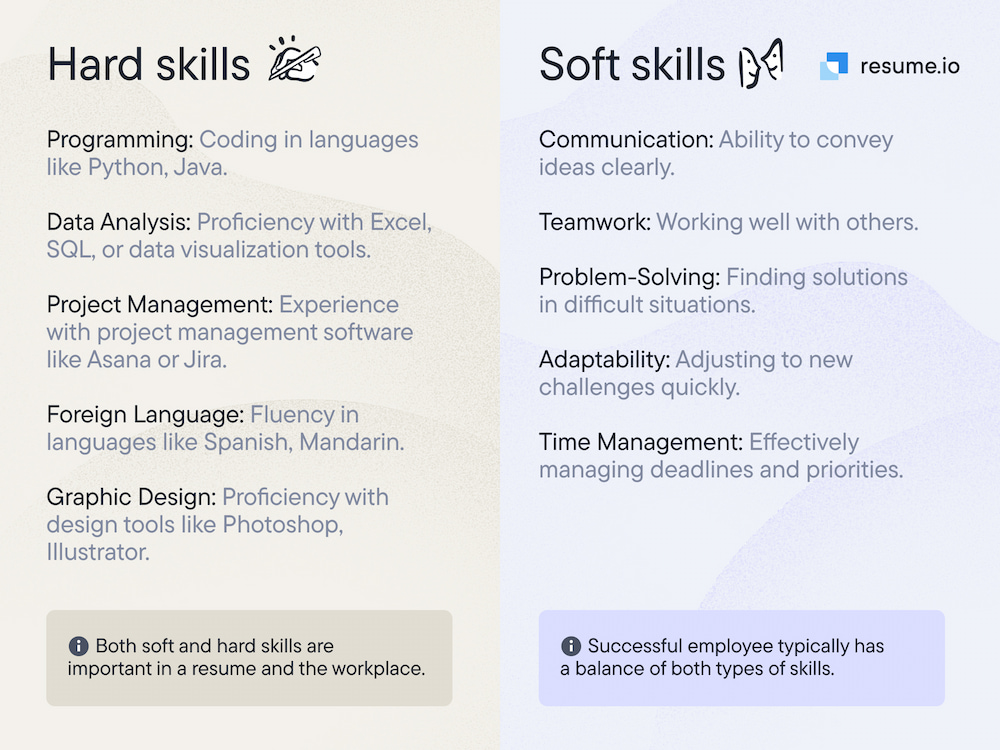
Some hard skills examples
Hard skills are as varied as the universe of occupations out there, ultimately representing just about everything human beings on the job can do. Here are just a few hard skills examples:
Computers: Knowledge of software programs, programming languages, computer networking, hardware, database management, cloud computing
Artistic: Graphic design, illustration, photography, photo editing, web design, photoshop knowledge, illustrator software
Finance: Accounting, finance, economics, bookkeeping, tax regulations,
Marketing: Advertising, public relations, social media, SEO, Facebook ads, content management
Writing: Technical writing, copywriting, content writing, editing, SEO writing
Engineering: Structural analysis, civil engineering regulations, safety inspections, electrical engineering equipment
Construction: Concrete, carpentry, plumbing, electrical work, roofing
Repair: Automotive repair, household repair, commercial repairs
Retail: Stocking shop inventory, display organization, cash register operation, customer service
Obviously, these hard skills examples do not constitute an exhaustive list (and in most cases, you will have to specify and tailor them). These examples are here to give you a launching point and some inspiration for your own hard skills for a resume.
How to list hard skills on your resume
Every resume should contain a list of hard skills to demonstrate that the candidate has the ability to do the job.
Some resumes list hard skills and soft skills separately, though this is not necessary. The ability to speak foreign languages is the one skill that is commonly listed separately, usually in the “Skills” section but under a separate “Languages” heading.
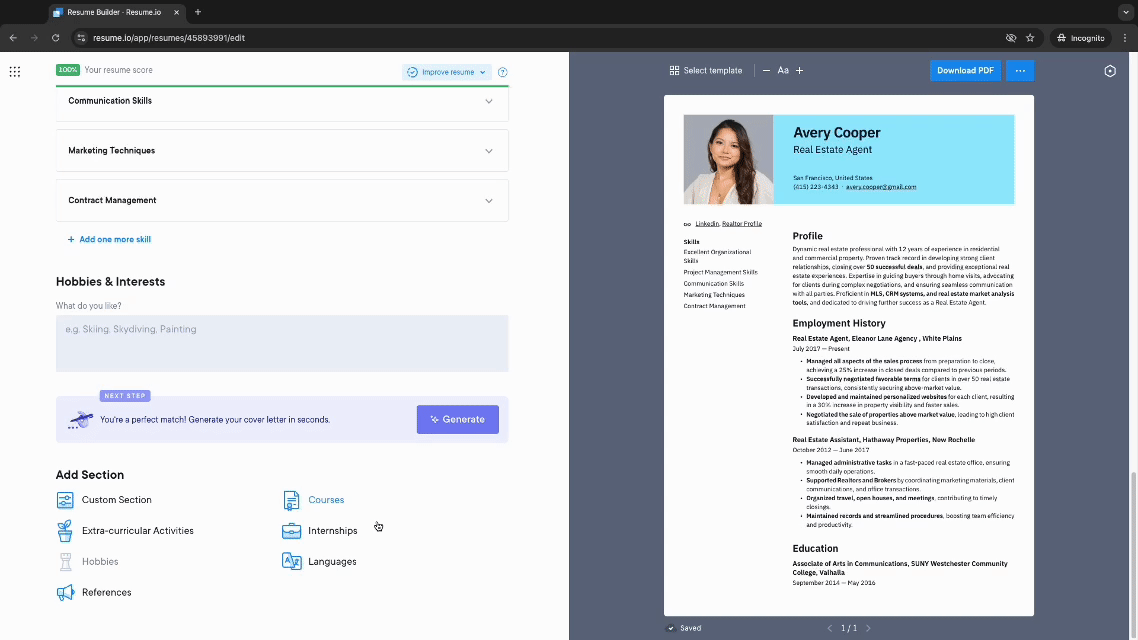
Individual hard skills can often be described in one to three words, making them good candidates for inclusion in a vertical bullet list. Many resume designs list skills in a “well” — a narrow, vertical space to the right or left of the main body of the resume — often under the applicant’s contact info, like this:
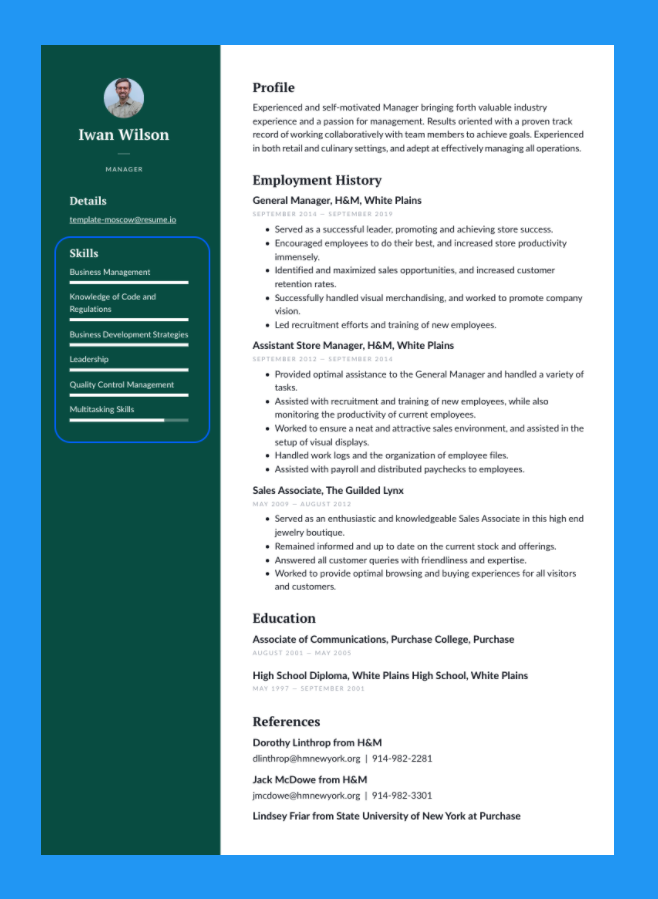
Other resume designs display skills horizontally, though often broken into columns so as not to leave a lot of empty space to the right, like this:
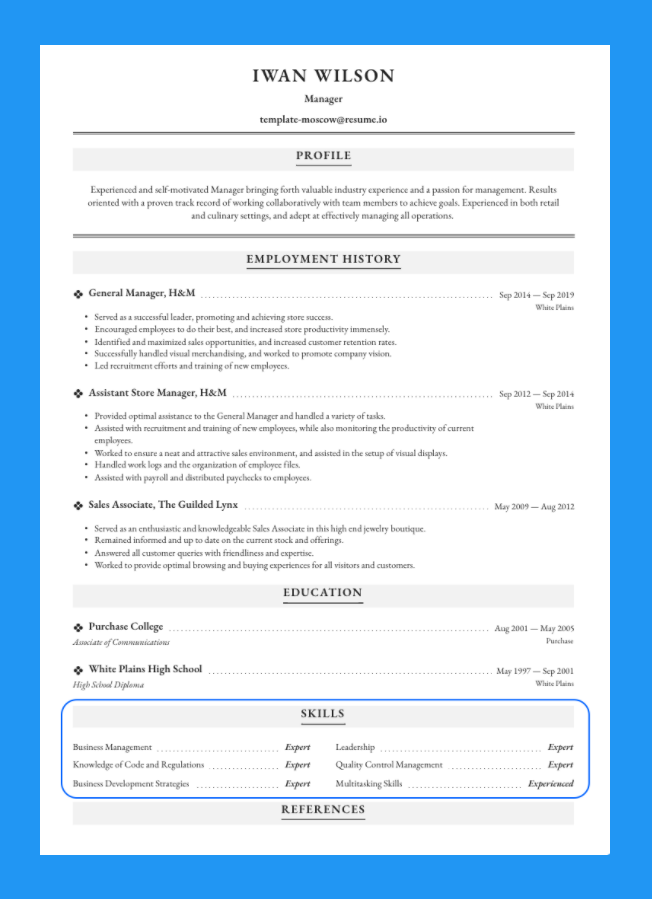
Resume writers sometimes list an expertise level along with their skills (“Expert,” “Advanced,” “Intermediate,” etc.), or use a graphical device like a bar chart to indicate the same thing. This is not considered necessary, though you can opt for this level of detail if you choose.
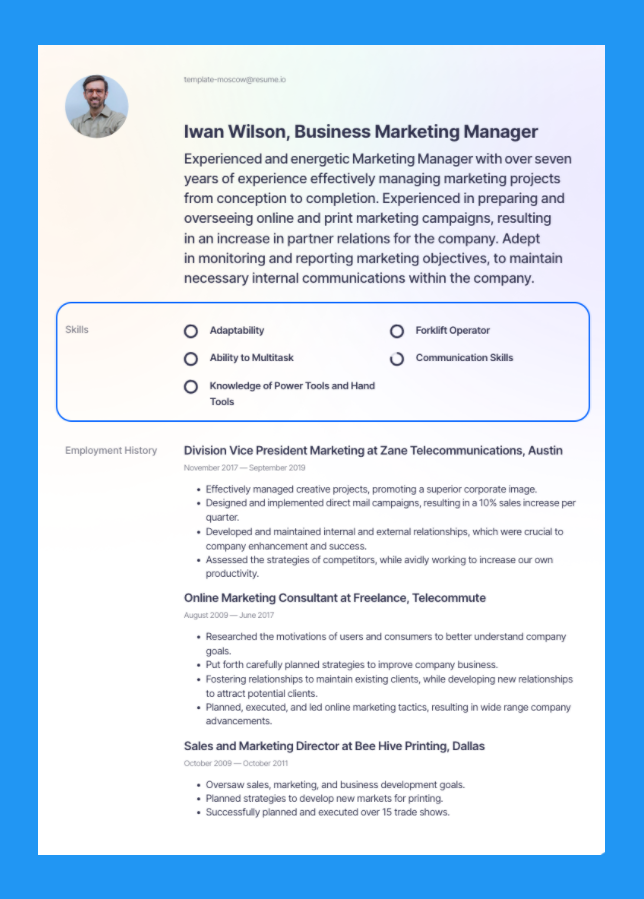
Optimizing resume hard skills for ATS
One of the foremost imperatives in preparing a job application is to optimize the resume hard skills for ATS (Applicant Tracking Systems). These are electronic gatekeepers that employers use to filter resumes according to whether they mention crucial job qualifications.
For example, if you’re applying for a job that requires familiarity with Unix operating systems, the employer will input the keyword “Unix” into its ATS, which will then search incoming resumes for that word that resume hard skill. If your resume doesn’t mention the word “Unix,” your job application may be automatically rejected, without even being reviewed by a human being.
This is why it’s critical to optimize your resume for the ATS check by including crucial keywords (many of which are hard skills) that are important to the employer. The best way to determine what these are is by studying the job listing closely. Of course, if you don’t know anything about Unix, you can’t claim you do. But if you have some familiarity with this system, it would be strongly advisable to mention that on your resume, and the skills section can be a great place to do so.
Also, this is one of the reasons why you should customize your resume for each employer. Your skills list should not be set in stone — you should be prepared to revise it to mention the aptitudes and abilities that each employer is seeking.
How to prepare a hard skills list for your CV
So how do you go about preparing a list of hard skills for your CV? (And a CV, by the way, is simply what people outside the U.S. and Canada call a resume.)
Start by doing some brainstorming. Think about everything you know how to do that’s related to your occupation, and write it all down. Some of the skills you think of might come as second nature to you, and might seem unworthy of mentioning — but these skills might be very important to a potential employer.
Make a list that’s too long. You can trim it later. The idea behind brainstorming is that no idea is wrong, so write it all down. Save this “master list” and crib from it as you tailor your resume for each employer.
Top 20 hard skills list for 2025
Here’s a list of the top 20 hard skills (from several industries, as well as general ones) that we compiled based on our 2023 research and resume-related experience:
General hard skills:
- Computer software knowledge (specify based on the job)
- Research (web research or open-source research)
- Foreign languages
- Social media knowledge (general)
- Administrative tasks
Marketing & sales hard skills:
- Social media management
- Content creation and visualization
- SEO
- Marketing/content strategy
- Facebook/Google ads
Management hard skills:
- Project management systems
- Use of CRM or CMS software
- Business planning/analysis
- Six Sigma techniques
- Agile / Scrum
Design hard skills:
- Adobe Creative Suite: Illustrator, InDesign, Photoshop
- Figma
- Photo editing
- Web design and/or UX design
- Storyboards
Hard skills FAQ
These are some frequently asked questions about listing hard skills on a resume:
Should you separate hard skills and soft skills on a resume?
On balance, it’s probably best to avoid creating separate headings for hard skills and soft skills. Some skills fall into a gray area between the two, and separating them into different sections is really not helpful to employers.
Is being bilingual a hard skill?
Being bilingual is usually considered a hard skill, although some classify it as a soft skill. But it doesn’t really matter. If you do choose to create separate headings for hard skills and soft skills, then create a third category called “Languages.”
Is customer service a hard or soft skill?
Customer service is a hard skill, acquired by training and experience, though it relies heavily on soft skills involving communication, listening and empathy.
Should I put ‘hard worker’ on my resume?
No. Avoid vague, “fluffy,” clichéd phrases like “hard worker,” “self-starter,” “team player.” As a general rule, try to list skills that are specific and measurable.
How do you list typing skills on a resume?
Lean toward the term “word processing” instead of “typing,” and if possible mention how many words per minute you can produce: “Word processing: 75 words per minute.”
Should skills be bulleted on a resume?
Most resume designs feature bullet points ( • ) in front of each skill. Lean toward a simple bullet design like a solid black dot and avoid unusual styles like check marks.
Resume.io is a leading global provider of resume templates and occupation-specific resume examples and writing guides. Learn how to write a resume and get off to a solid start with a field-tested template where the design is already done for you. You know your skills — we’ll show you where to put them.
To make sure your resume is polished and tailored for each job, try using a resume checker to get instant feedback and improve your chances of landing an interview.







































